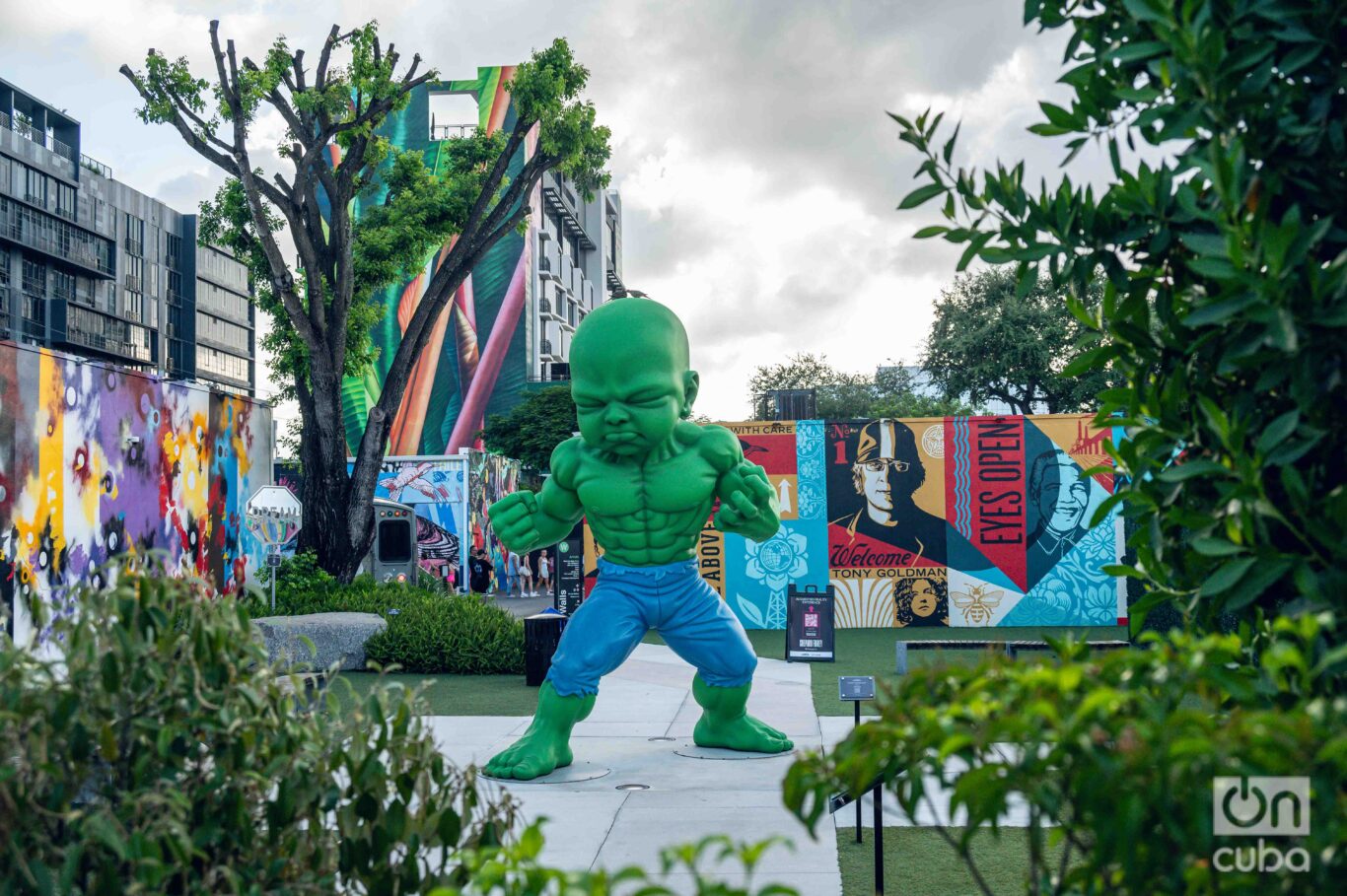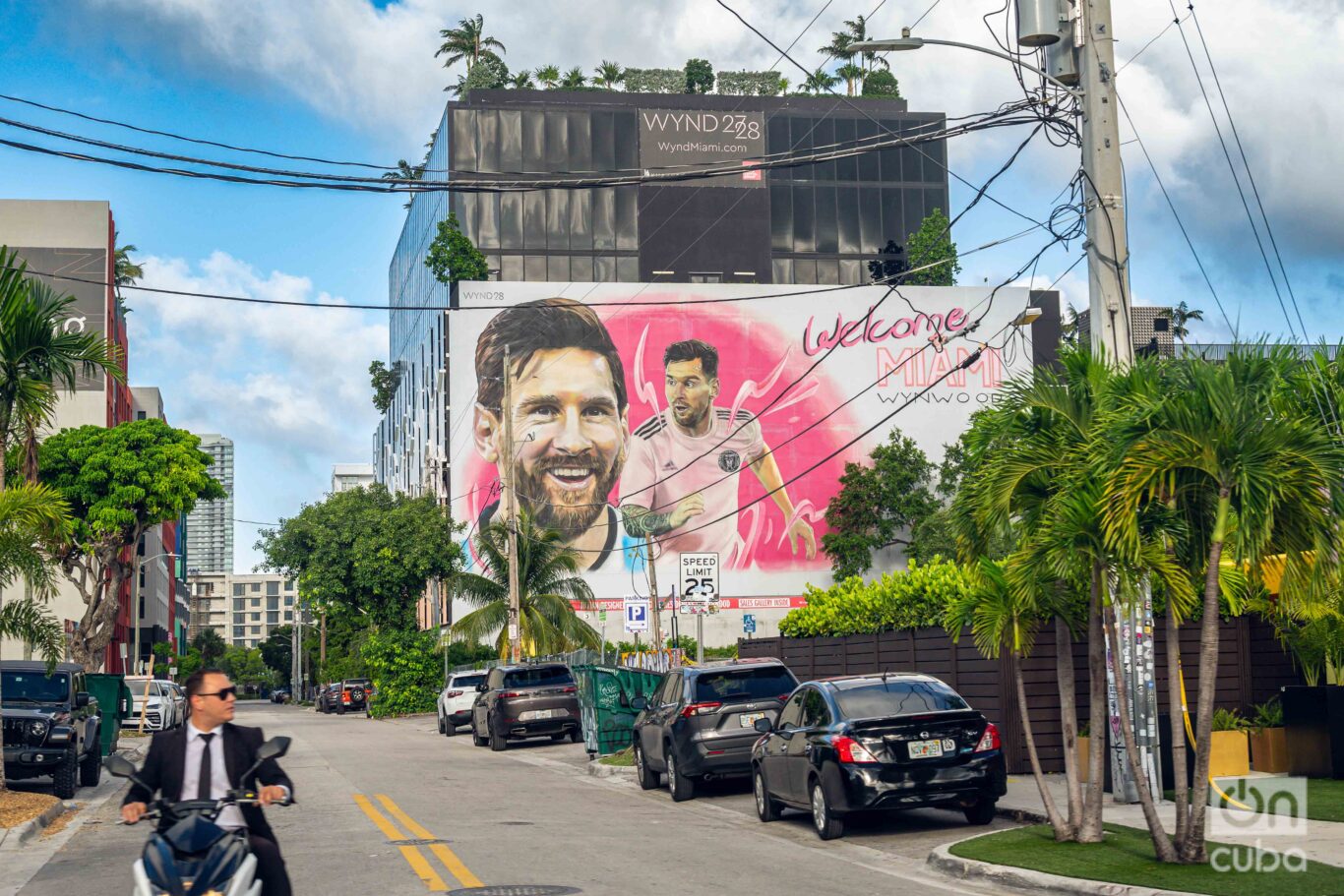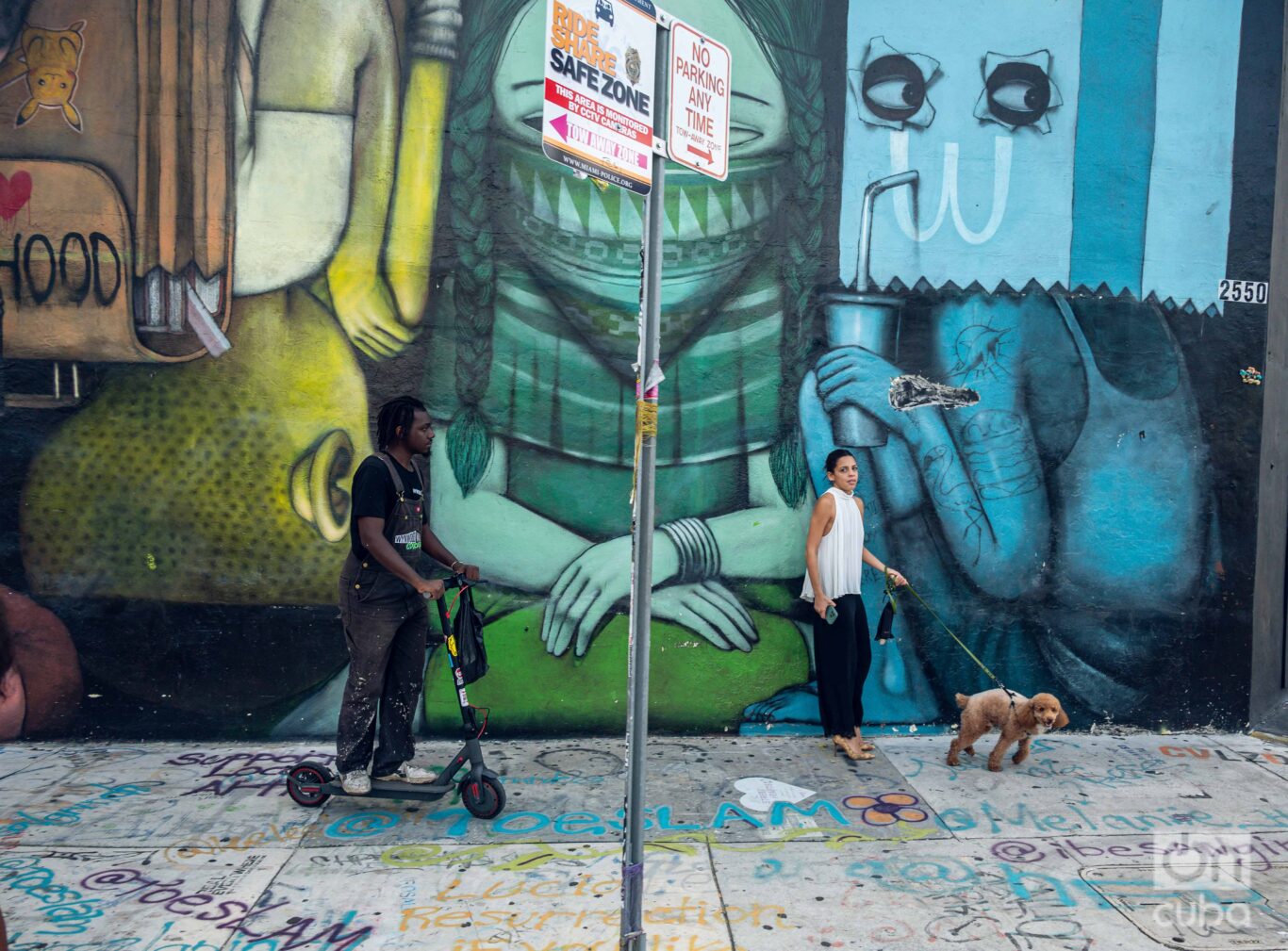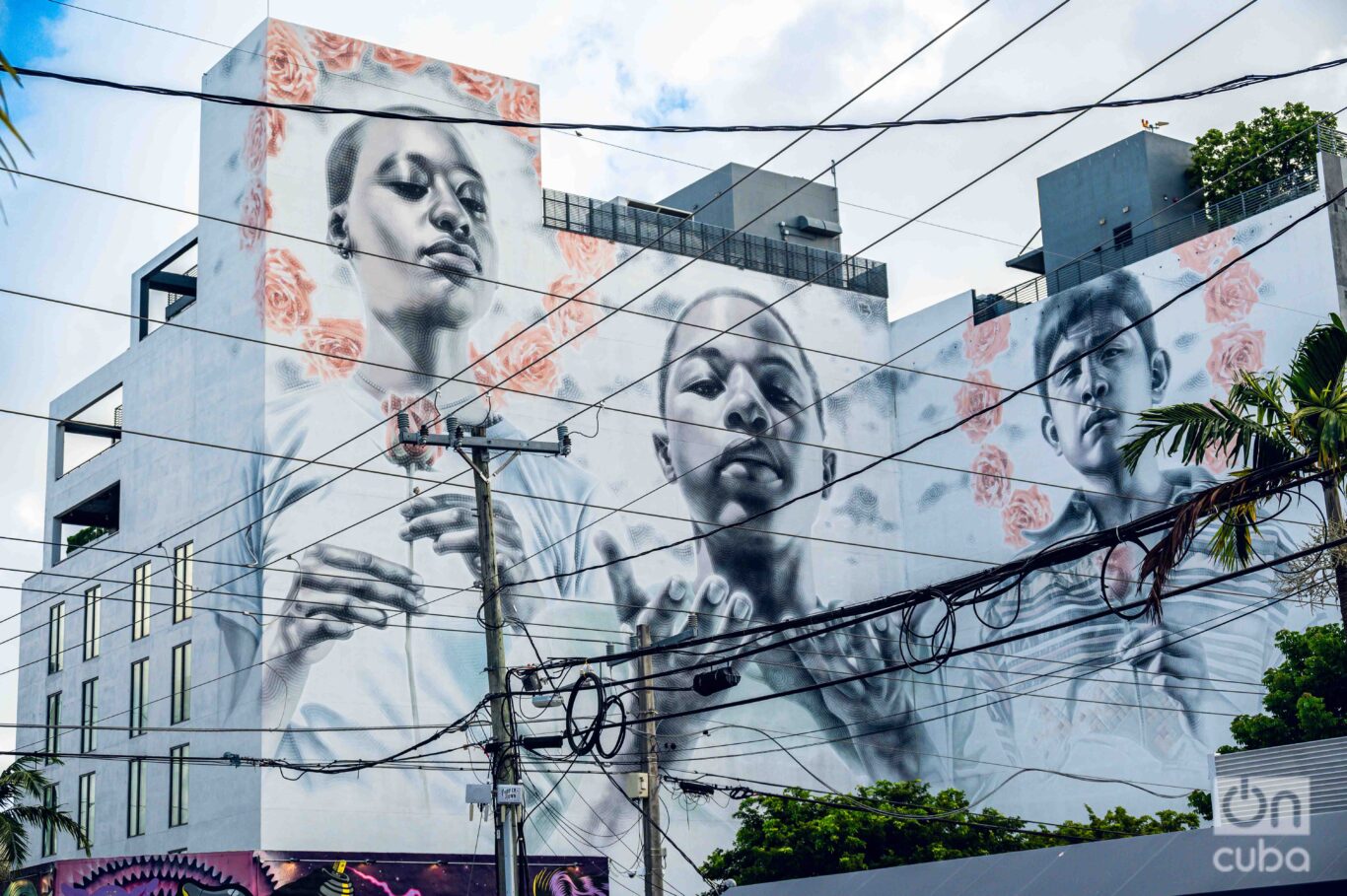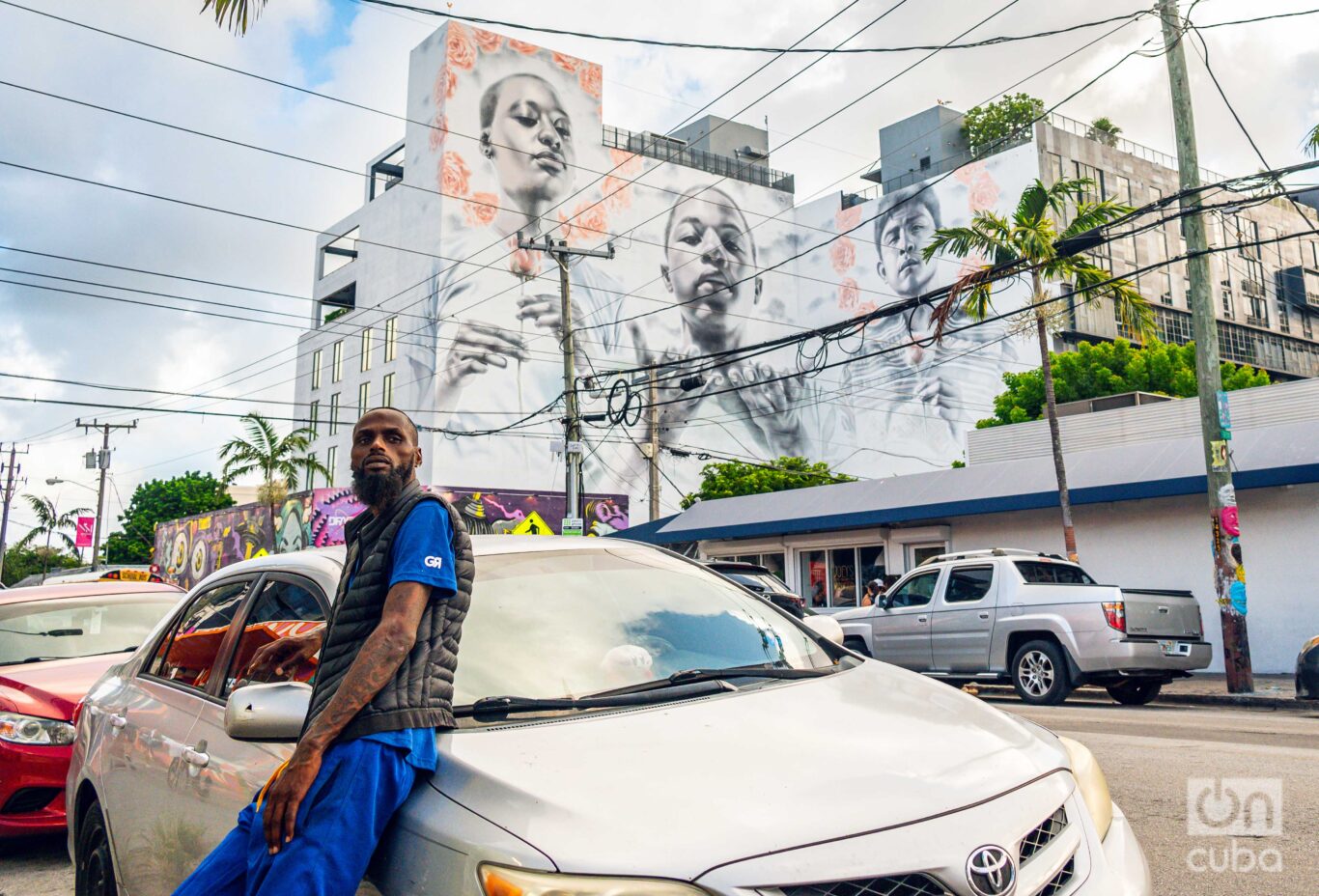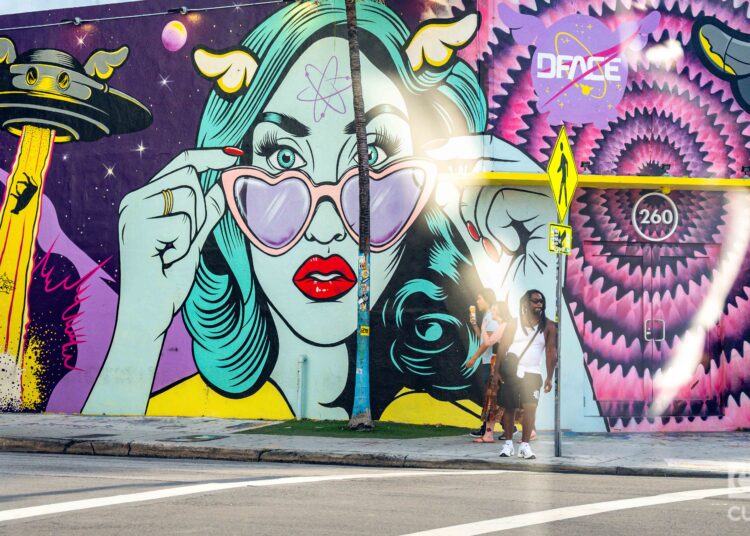The humid heat of Miami does not deter the hundreds of people who every day walk the streets of Wynwood, the district that has become a center of urban culture. As far as the eye can see, everything is colorful. The walls, the facades, the light posts and even the sidewalk where I walk along with legions of curious people are full of art.
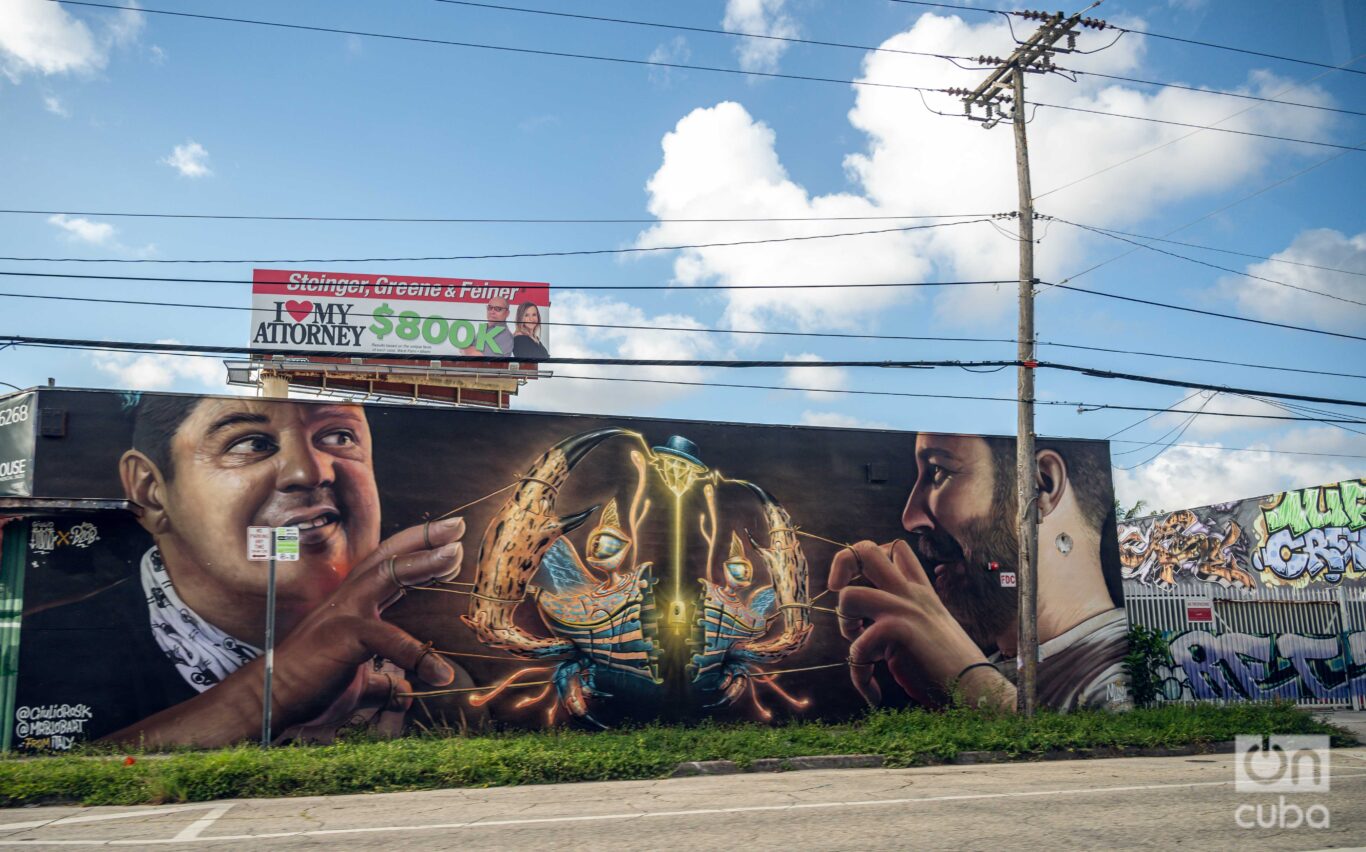
Wynwood is located north of downtown Miami. Its geographic boundaries are well defined: to the south, Northwest 20th Street; to the west and north, Interstates I-95 and I-195; and to the east, the Florida East Coast Railway tracks, which connect Wynwood with the rest of the city and the state.

It wasn’t always the artistic heartland we know today. In the decades after World War II, the neighborhood was an industrial zone that hosted companies like the American Bakeries Company, Coca-Cola, and textile factories. These industries employed numerous Latino immigrants, especially Puerto Ricans who came to South Florida in search of opportunities. Thus it became the main enclave of the Puerto Rican community in Miami, earning the nickname “Little San Juan” or simply “El Barrio.”
At that time, the area faced growing problems of crime and violence, aggravated by unemployment that in the 1970s reached 55%, and by the rise of drug trafficking.
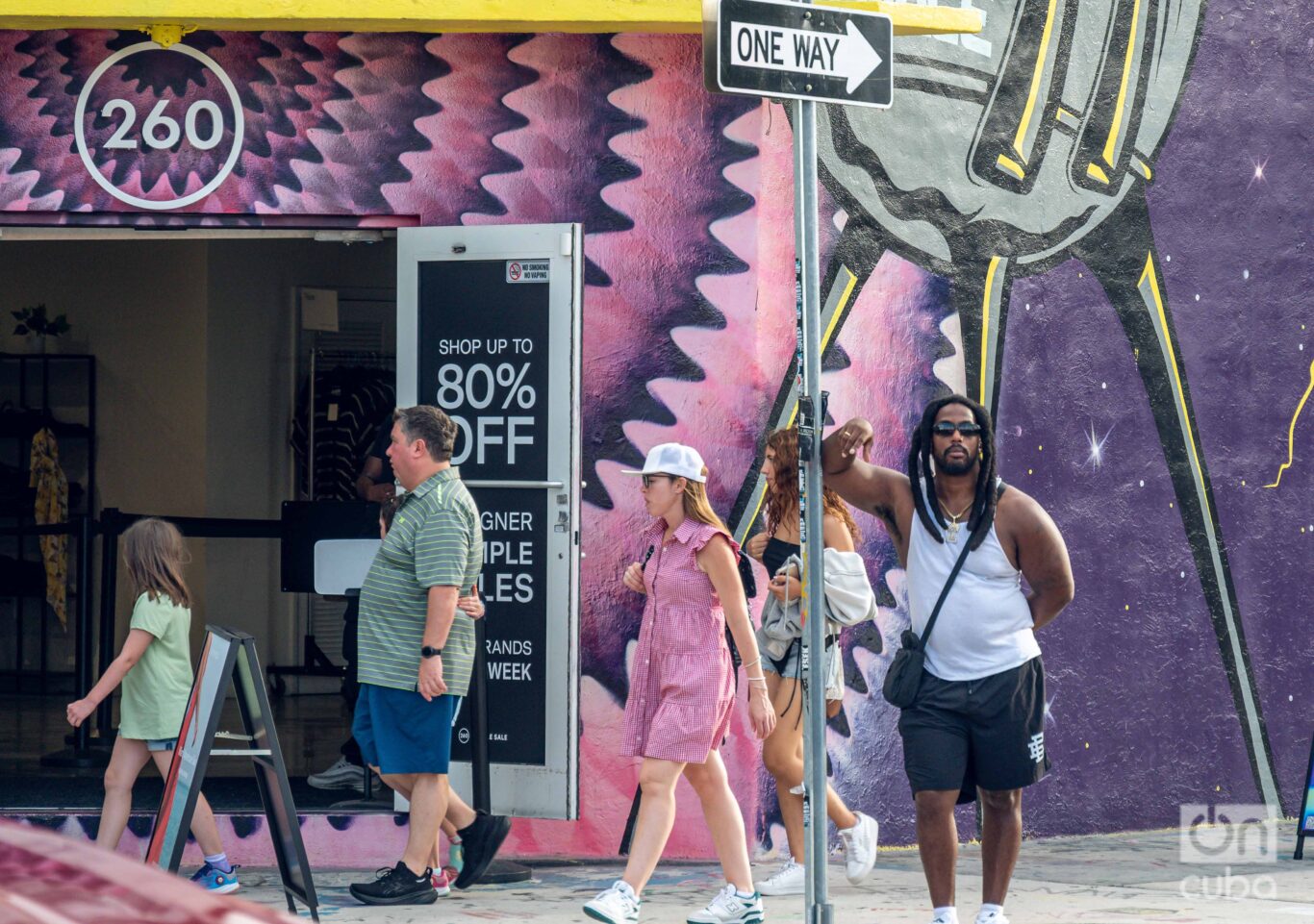
By the 1980s, Wynwood had established itself as one of the poorest neighborhoods in Miami. However, it was in that same decade that a budding artistic community emerged. Taking advantage of the low rents compared to other places in the city, some artists converted warehouses and abandoned buildings into art studios, marking the beginning of the cultural revitalization of the area.
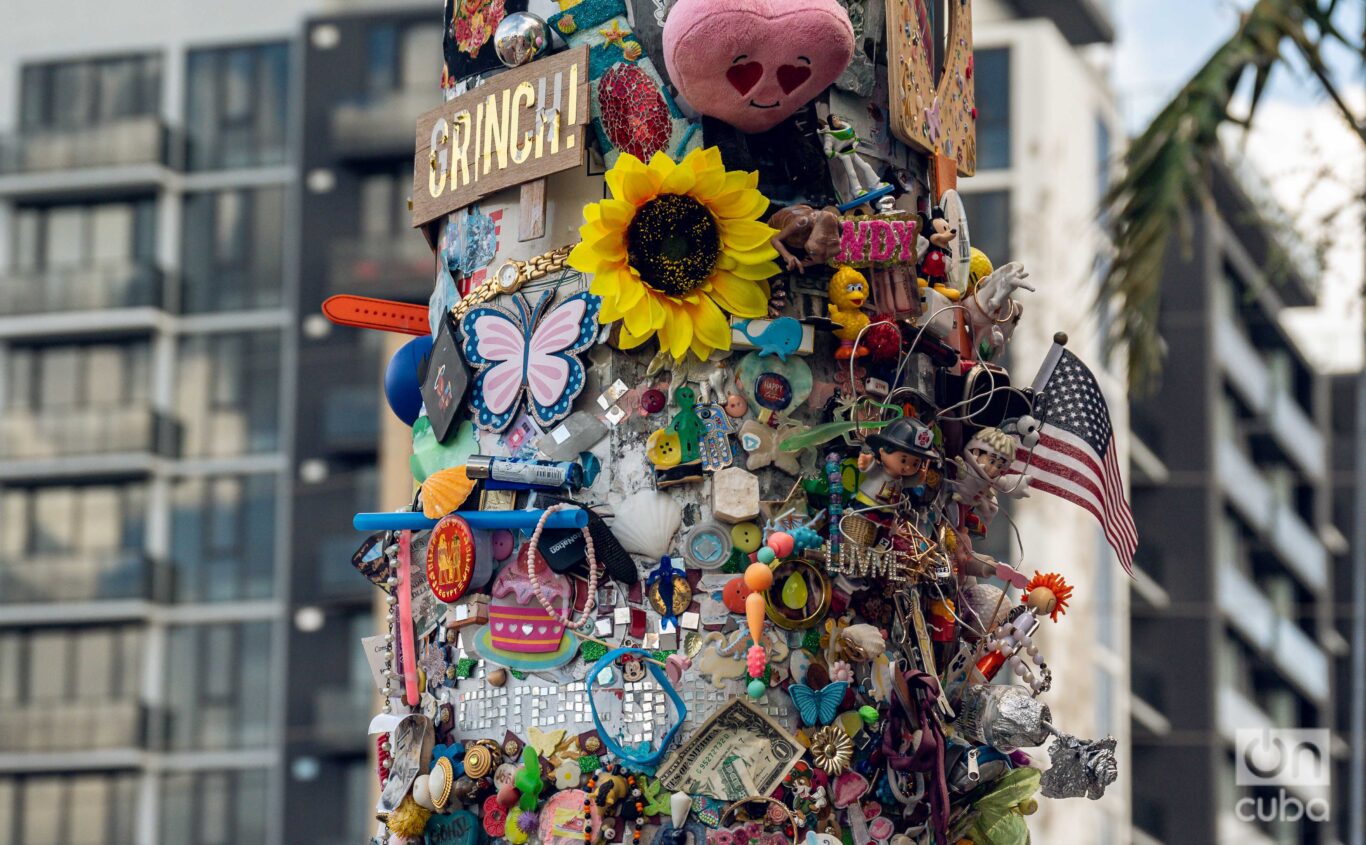
But it was not the artists who led the process, but the real estate developers. In the early 2000s, businessman Tony Goldman, recognized for the transformation of Soho in New York and South Beach in Miami, saw potential in Wynwood. He acquired several almost unused industrial buildings and, in 2009, launched the ambitious project “Wynwood Walls,” an open-air art gallery that called on internationally renowned artists to intervene on the walls of the old warehouses. The idea was clear: transform the neighborhood through art.
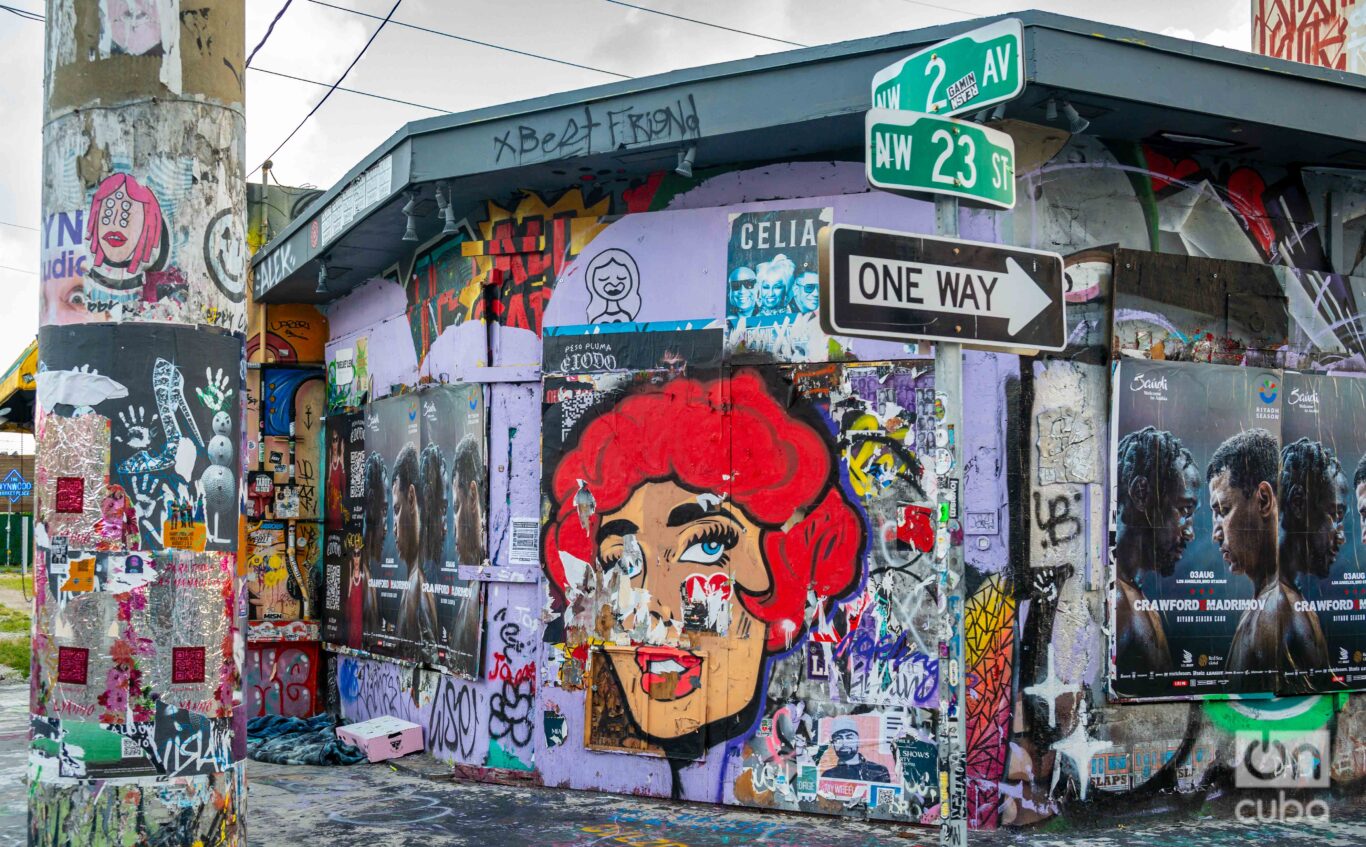
Wynwood Walls was an immediate success. Within a few years, the neighborhood had more than 100 art-related businesses. Giant murals began to appear on every corner, from abstract and geometric works to hyper realistic portraits and compositions loaded with symbolism. Artists such as Shepard Fairey, famous for his “Hope” poster of Barack Obama, or the Brazilians “Os Gêmeos,” with their characteristic yellow characters, left their mark on the neighborhood.
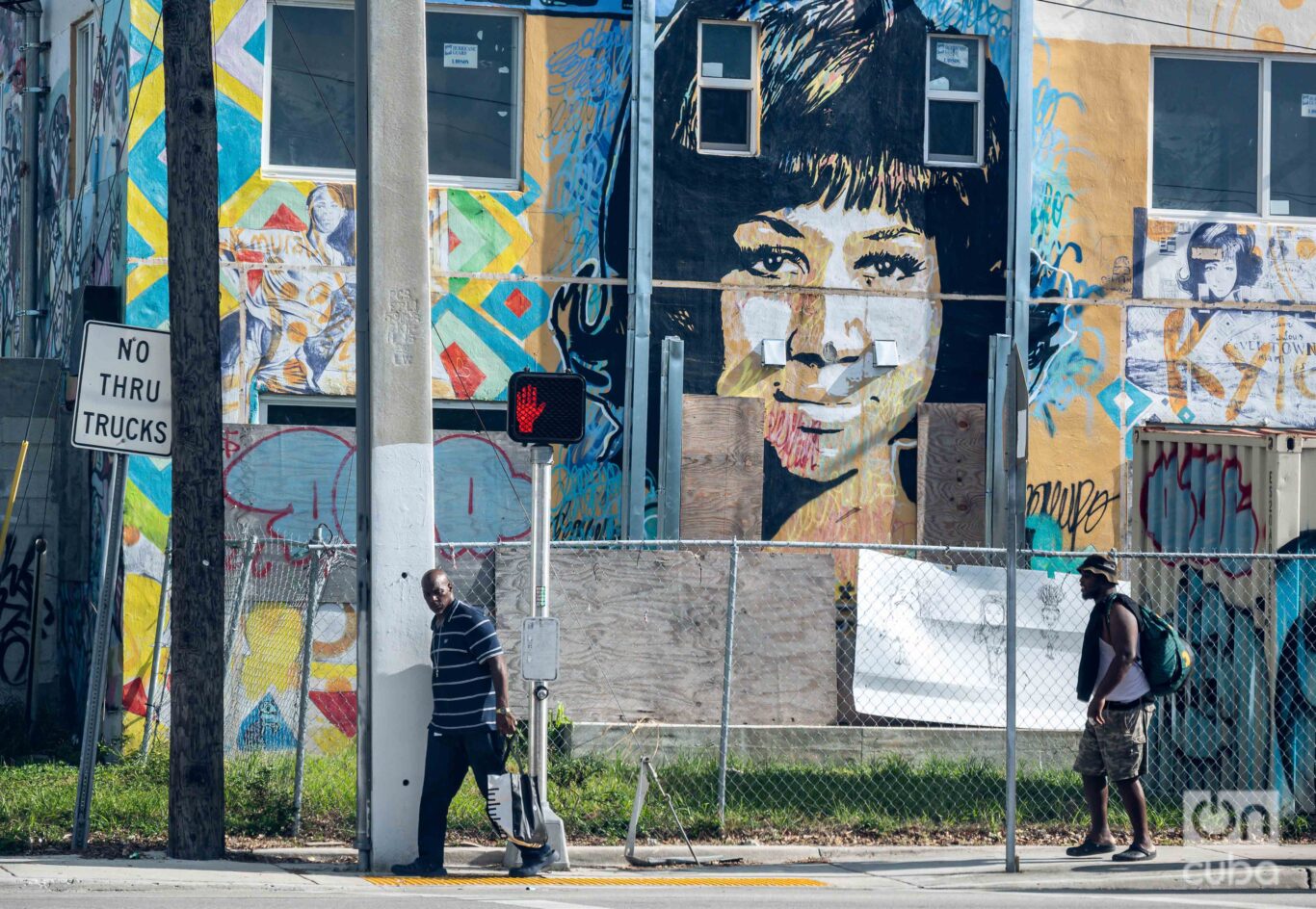
The neighborhood went from being an abandoned corner to a cultural center that attracts visitors from around the world. The impact was both cultural and economic. With the arrival of street art, contemporary art galleries, boutique shops, trendy restaurants and bars emerged. Today Wynwood is one of the busiest destinations in Miami, and its monthly Wynwood Art Walk event attracts thousands of people who celebrate creativity, music and gastronomy.
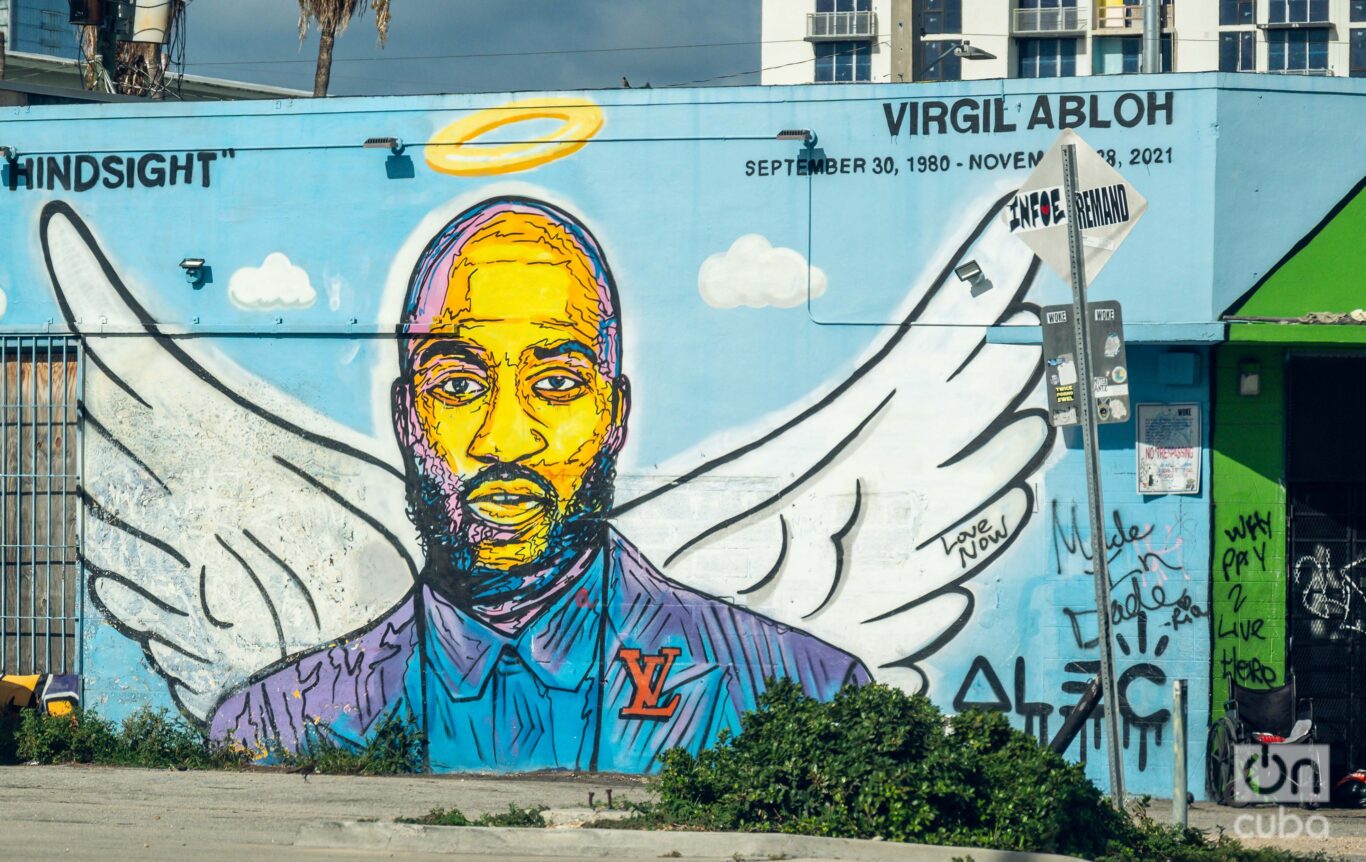
However, development also brought negative consequences. The increase in rents has displaced many working families who had lived in the area for generations. Gentrification is a reality in Wynwood, and the original residents have seen their neighborhood transformed into a place that feels alien to them.
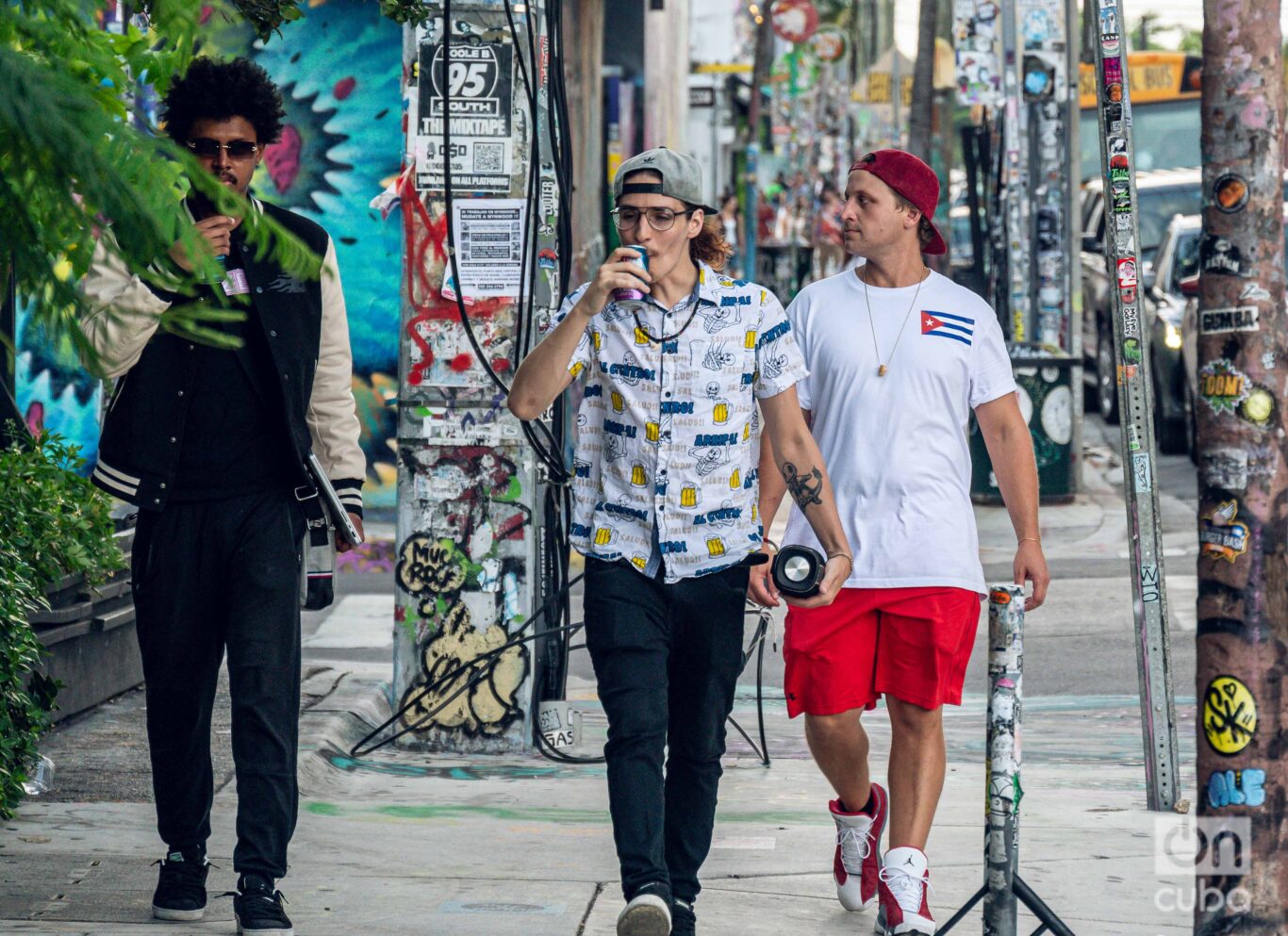
Wynwood continues to expand beyond the boundaries of Wynwood Walls. The neighboring streets are also covered in murals and graffiti. What began as a visionary project has become a global phenomenon, positioning Miami not only as a sun and beach destination, but as a stop on the urban art map.
